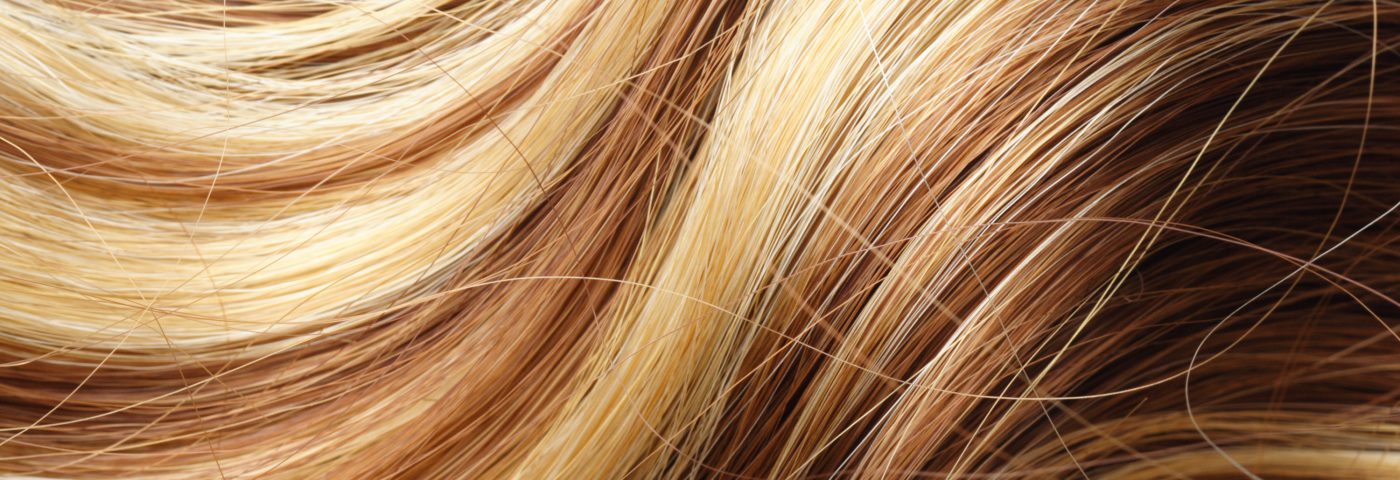Verónica Celdrán, Tecnocosmetics
Permanent hair colouring or oxidation accounts for more than 80% of the market sales of hair colouration. It is called permanent because the colour obtained remains inside the hair and can only be removed from it by a discolouration process. It is also known as oxidation colouration since its application and color development requires mixing with an oxidising agent, formulated with hydrogen peroxide.
The substrate on which the hair colouration is applied is the surface of the hair called the cuticle. The cuticle consists of several layers of hard, keratinised cells, one on top of the other, that line the inside of the hair called the cortex, therefore fulfilling the function of barrier to the entry of substances. The cells of the cuticle are separated from each other by a lipoprotein structure called cell membrane complex (CMC). This complex is the main way of entering the cortex of those substances of a molecular size less than or equal to six angstroms, such as water molecules, hydrogen peroxide, ammonia and oxidation dyes.
This type of coloration has components in its formulation that are essential for the formation of colour in the hair:
- Oxidation dyes: primary intermediates and couplers
- An alkalising agent, for example, ammonia
- A base or support, generally an emulsion, that contains the basic components of an emulsion, a solvent, antioxidants and a sequestrant.
An oxidising agent is also needed, which is external to the formulation of the capillary dye, the most used being hydrogen peroxide in cream or emulsion. The oxidant and the dye are mixed, and this mixture is immediately applied to the hair for colour development. The principle of the chemistry of colour formation is based on the oxidation of the primary intermediate dyes, which are aromatic amines, and their subsequent reaction or coupling with the dye couplers, obtaining larger coloured molecules that are insolubilised in the cortex of the hair, staying there held.
Verónica Celdrán will lead a presentation on colour formation mechanism during the application of a hair dye oxidation on Wednesday 19th September, 13:30-16:00, at the Marketing Trends Theatre at in-cosmetics Latin America.

